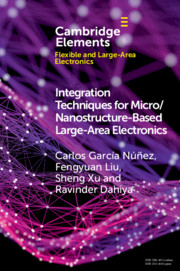Engineered nanomaterials (ENMs) strongly interact with biomolecules and cells due to their similar size scales. Consequently, ENMs are beginning to emerge as new medical diagnostic tools, probes in cell biology, and delivery vehicles, compelling us to understand the interactions at the nano-bio interface. Optical spectroscopic tools are excellent probes to characterize ENMs and investigate their interactions with complex biological systems, including biomolecules, cells, and even whole animals alike. Here, we discuss the role of many optical spectroscopic techniques such as fluorescence, Raman, surface plasmon, and infrared spectroscopy in elucidating nano-bio interactions. While these spectroscopic tools have the ability to provide valuable information on ENM distribution in biosystems, ENM interaction with proteins, and the mechanisms by which ENMs elicit an adverse physiological response, there are many challenges that remain to be addressed to improve their scope, resolution, and throughput.
